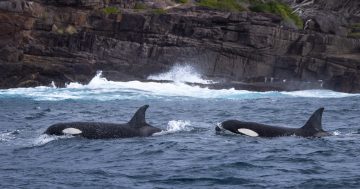
Mr Rogers and his companions counted eight orcas during their two-hour stint on the water. Photo: David Rogers Photography/Facebook.
David Rogers couldn’t believe his luck when he received the call that orcas had been sighted in the water off the coast of Merimbula.
The landscape and wildlife photographer was relaxing at home after a long day, but quickly grabbed his camera and headed back out on Monday afternoon (26 June).
“It all started with a vague sighting at Pambula Beach by a few locals,” he said.
“But when the confirmed sighting from a whale spotter came through, we had no hesitation of getting the boat back out.”
He went out with Sapphire Coastal Adventures, and the group stayed on the water for two hours, with Mr Rogers hard at work taking photographs of the pod.
“Because orcas are quite rare, and no one on the boat had seen them before, we didn’t quite know what behaviour to expect,” he said.
“But we did see a lot of things, from feeding to tail slapping – and we were even rewarded with the whale watching Holy Grail of a classic breach by one of the whales.
“We observed lots of different behaviours and they were interacting with the boat quite often,” Mr Rogers said.
After their afternoon on the water, Mr Rogers had a feeling he was onto something with the photos – so he got to work again, this time on dry land.
“I stayed up all night editing the shots and making sure they were ready for publishing the next morning,” he said.
“The light that afternoon was quite spectacular also, so when I reviewed the shots, I had beautiful lighting and beautiful animals.
“I did have an inkling, but you never know just how far they will go on social media.”
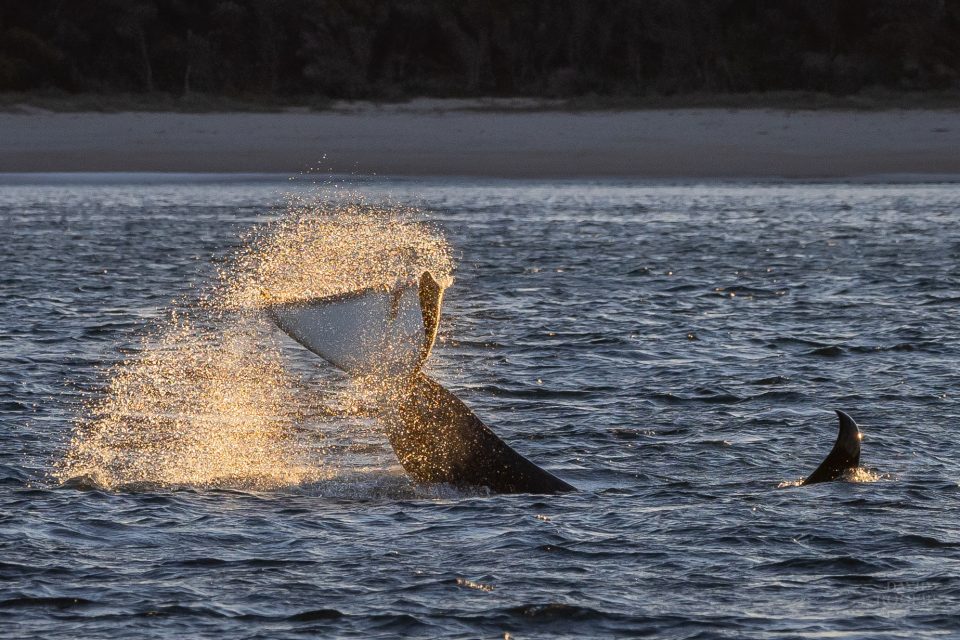
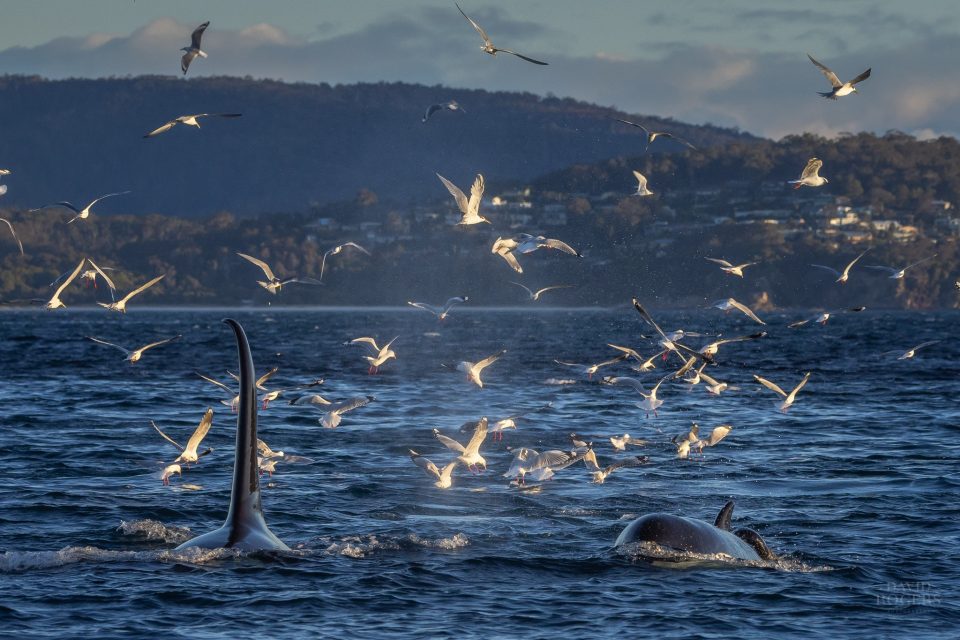
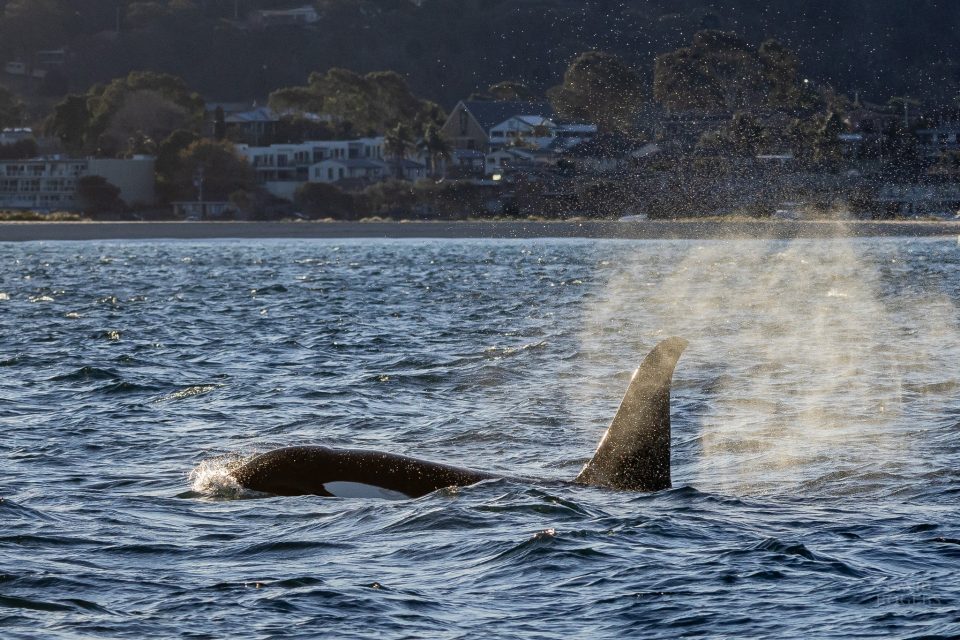
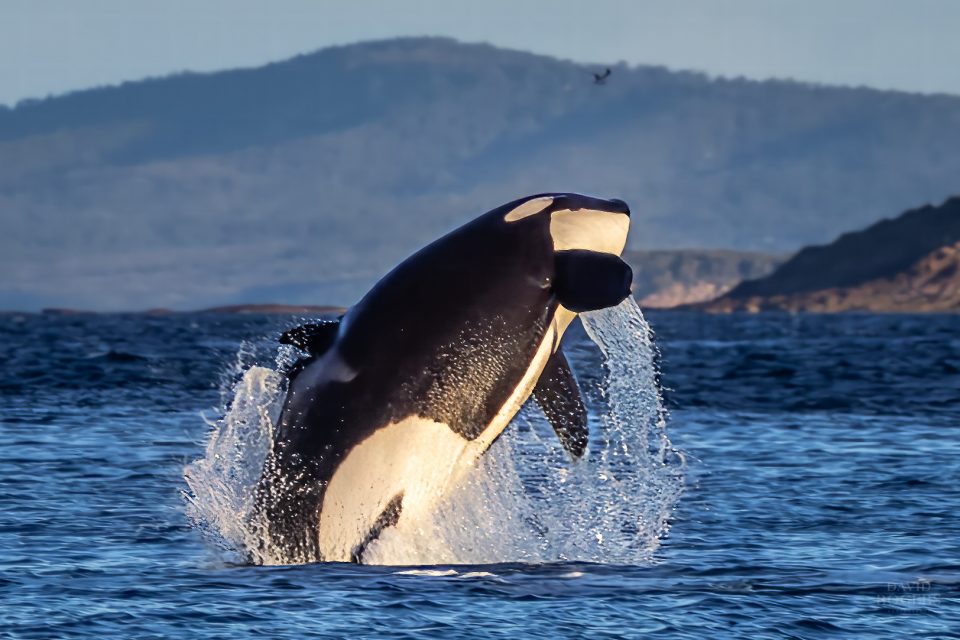
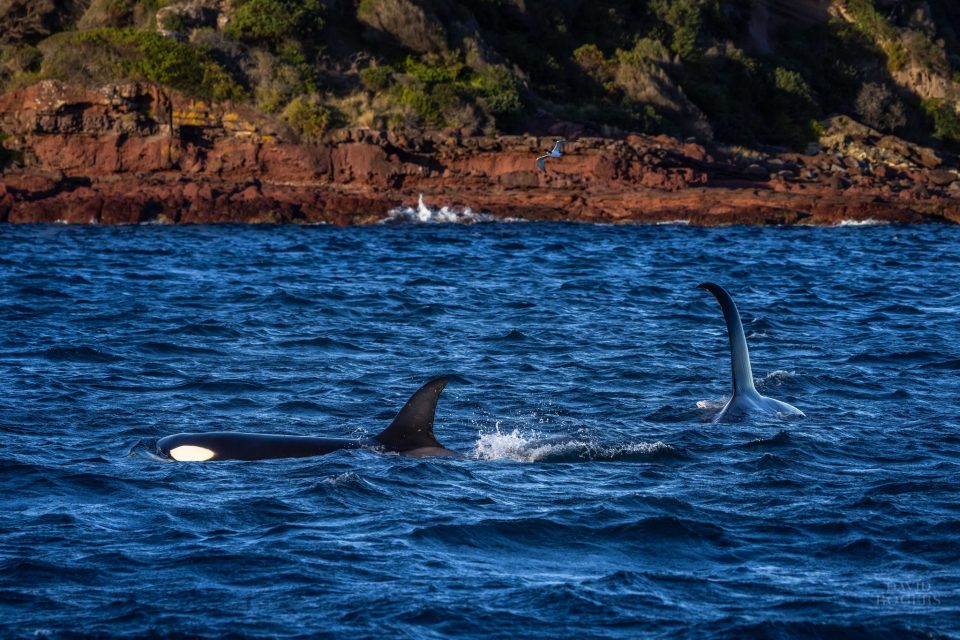
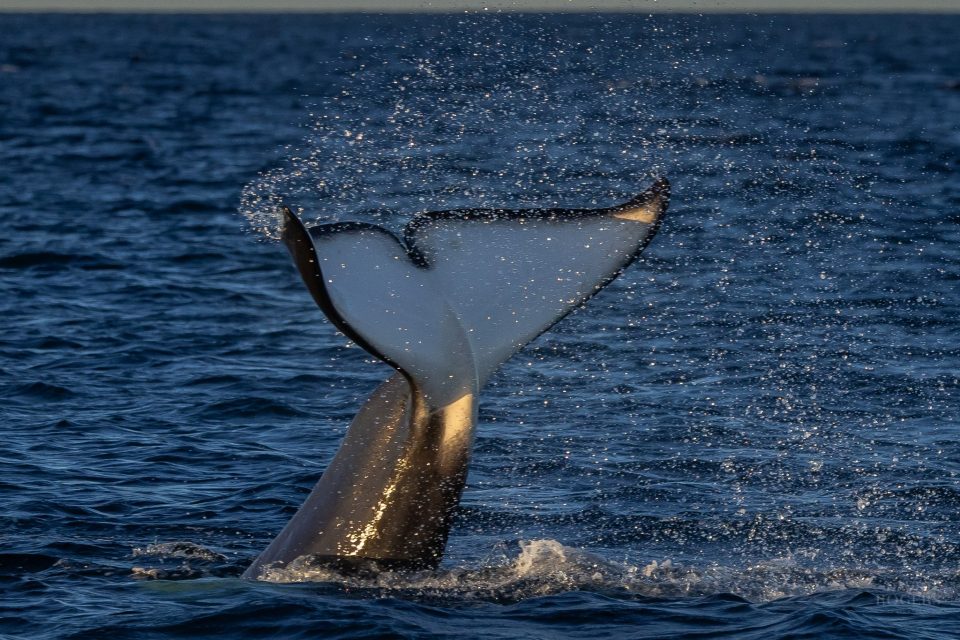
Since he posted them to his Facebook page, the post has been shared just shy of 500 times and attracted more than 200 comments.
The photographs also helped to identify one of the orcas in the group as ‘Splitfin’.
“While on the water, we noticed one had a damaged dorsal fin,” Mr Rogers said.
“We took a few photos of that and put them up on a few different orca observing websites, and found out that orca was known as Splitfin.
“She had been seen in the area for over twenty years, up and down the coast, and was first identified back in Eden in 2003,” he said.
In May, Marine Rescue NSW reminded boaters not to get too close to the whales during their migration.
The northern migration sees the whales travel north from May to June, before turning and swimming the other way between August and November.
“I’ve become a bit of a whale nut and go out on cruises every day with Sapphire Coastal Adventures to see the migration,” Mr Rogers said.
“Orcas are rare, but you do see them occasionally.
“We were all super happy to actually experience them, and it’ll be talked about for years to come.”
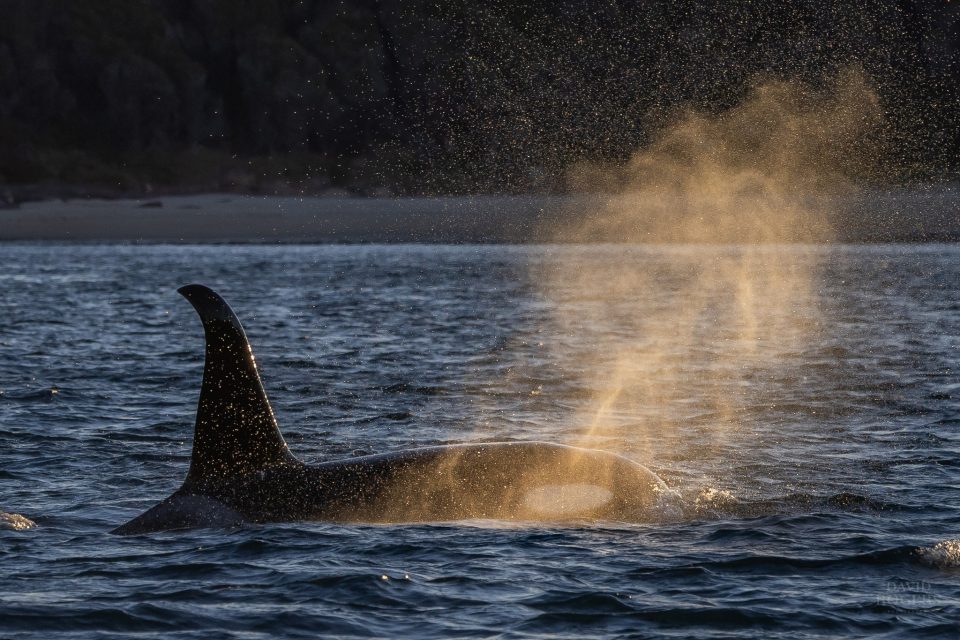


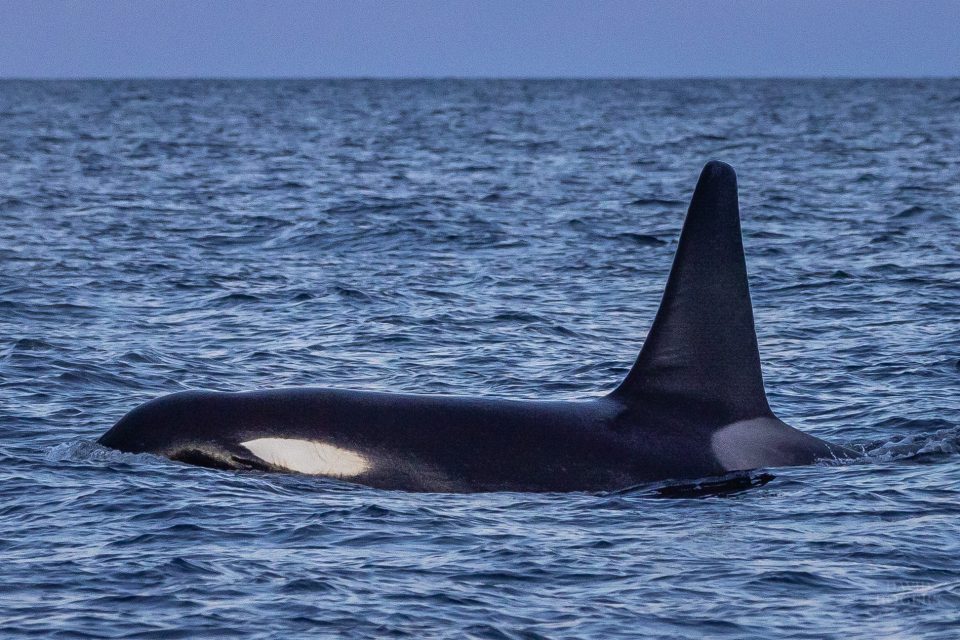
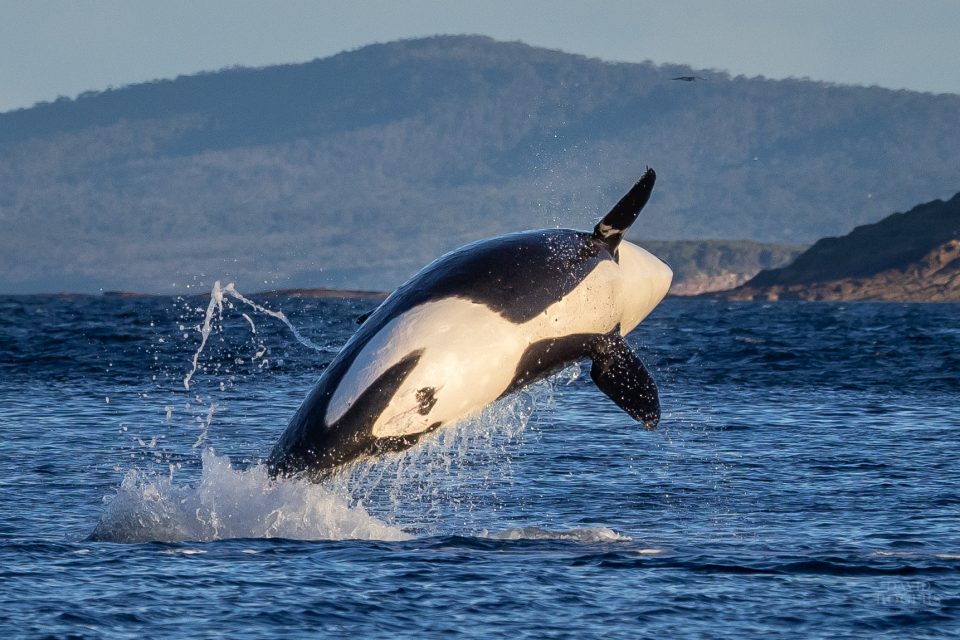
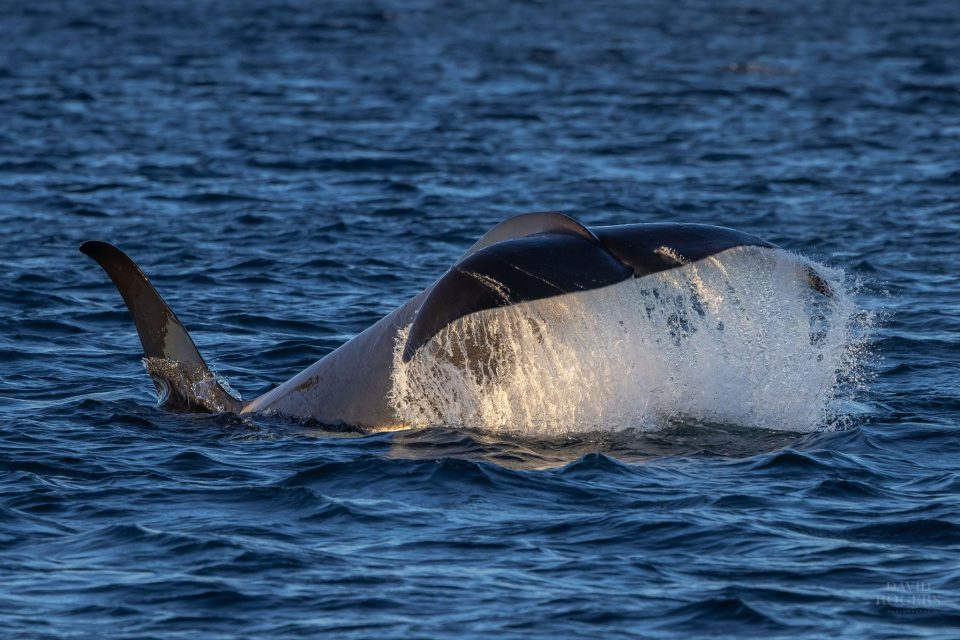
Mr Rogers will soon be back out on the water with his camera.
“It’s not only great to watch and see these animals for me,” he said.
“I love it personally, but I also love the photographical challenge of shooting whales.
“As a photographer, it’s a real test of gear and skill in capturing them.”







